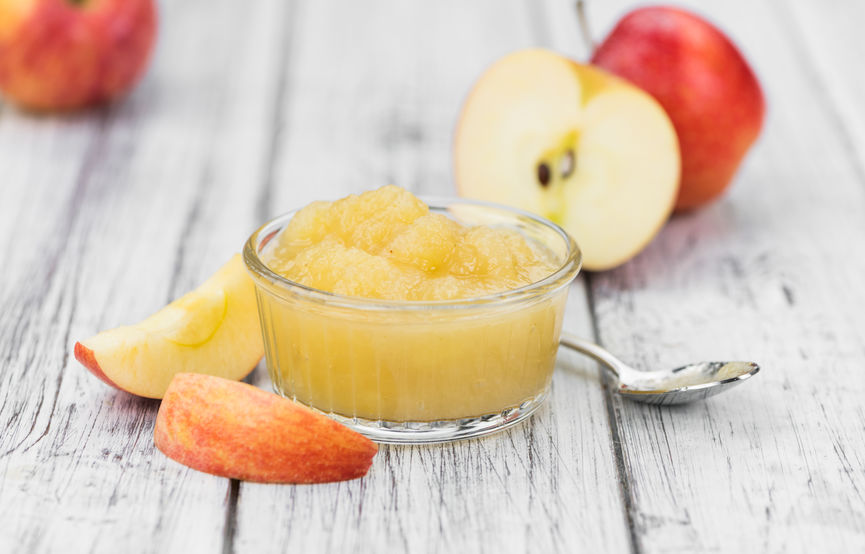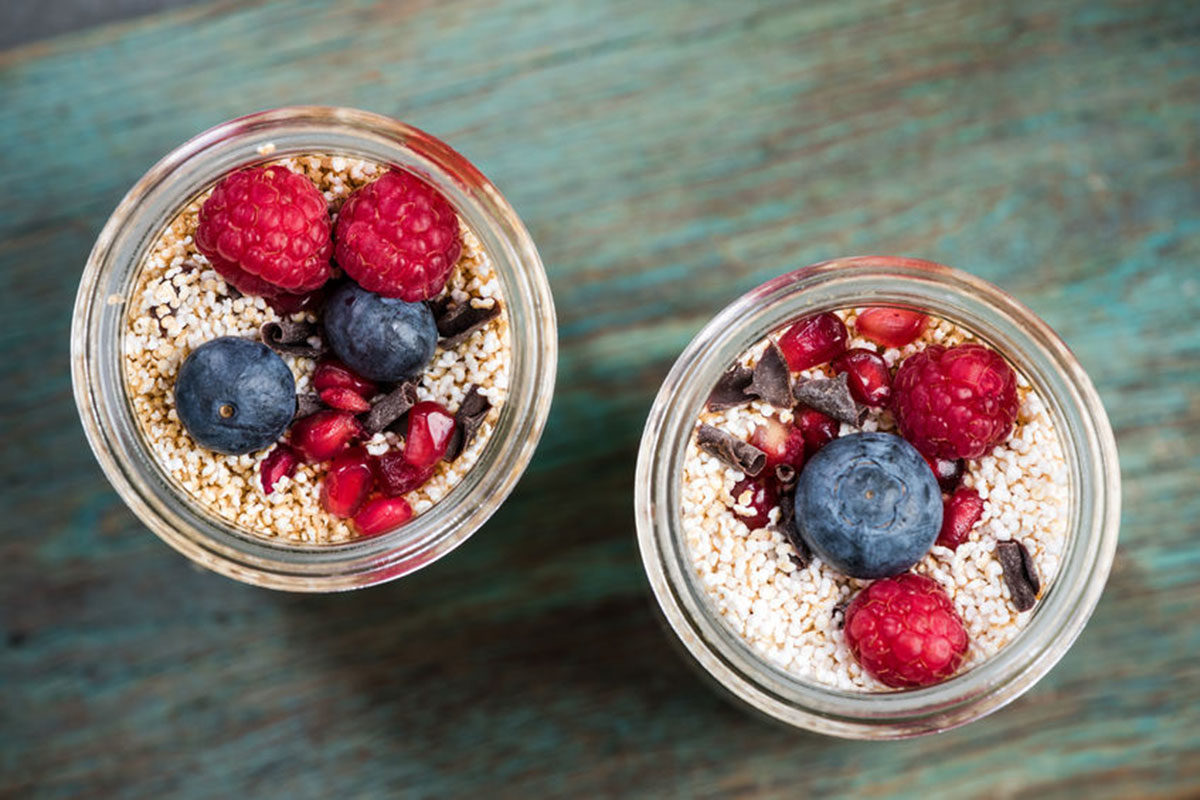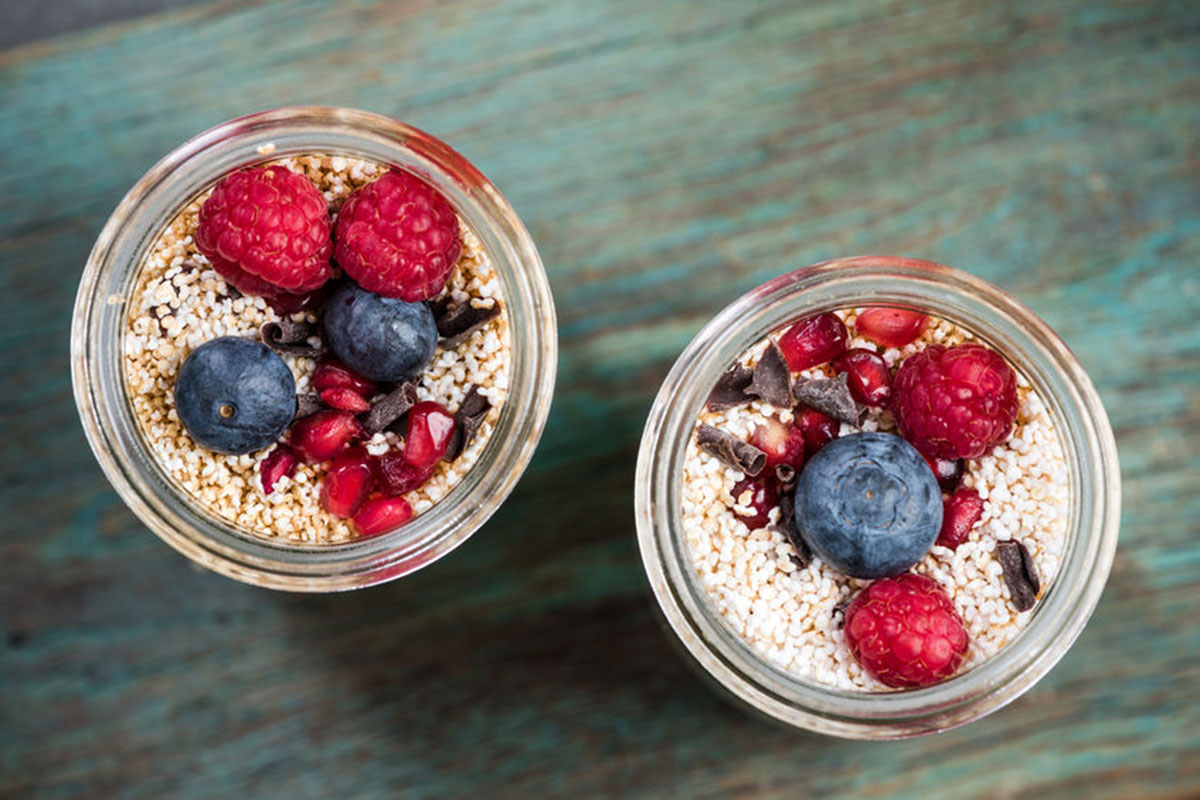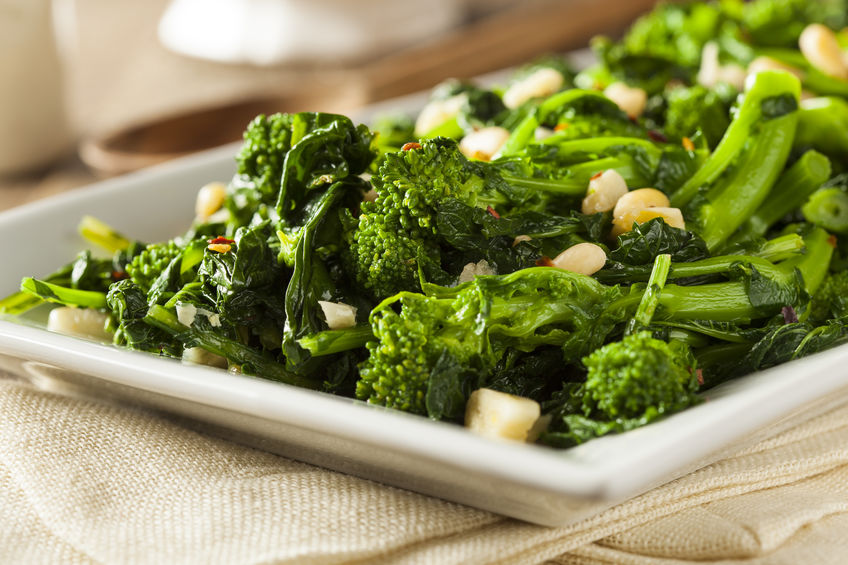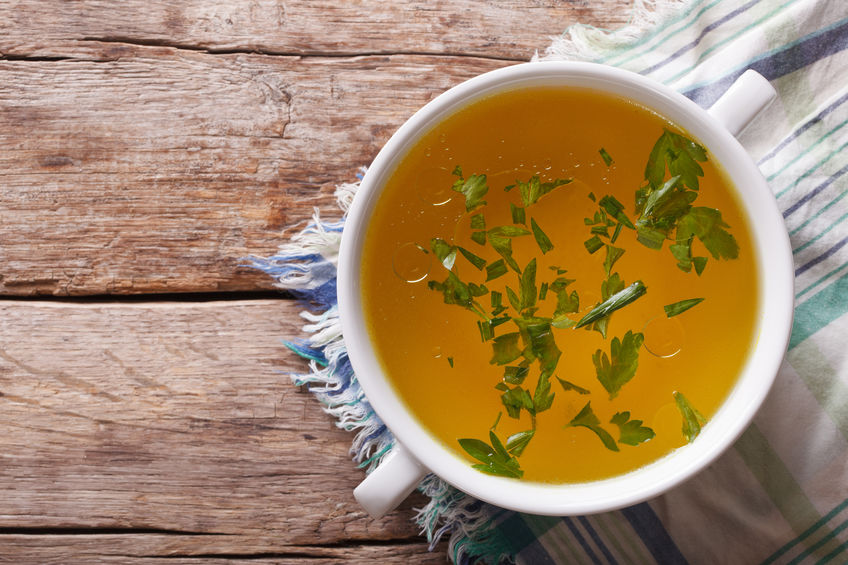If you’re experiencing symptoms and can’t seem to find a cause, an elimination diet might a good next step for you. Food intolerances, allergies and sensitivities can express in so many different ways it can be hard to track down what food is causing which symptom. This is especially the case if you’re eating foods that packaged foods or meals that have been prepared for you outside your home.
Symptoms like brain fog, fatigue, chronic sinus congestion, eczema or skin irritation, bloating, and even headaches can all be traced back to food sensitivities. The tricky thing is that the symptoms of these sensitivities might not appear for days after you’ve eaten the foods, which makes it hard to track down the culprit. In this case doing a careful elimination diet is a great way to monitor your intake and identify offending foods.
As difficult as it might be to follow a strict protocol for 4-6 weeks, the stress that a food sensitivity puts on your body is much worse in the long run. This post covers some pros and cons of the diet so you can be prepared going in.
Our digestive system is the main portal into our bodies. Lots of things can come in that aren’t good for us. And because the system is so complex (discerning which tiny molecules to absorb, and which keep out), lots can go wrong. And that’s one reason why 70% of our immune system lives in and around our digestive system.
This makes food allergies, sensitivities, and intolerances a huge contribution to an array of symptoms all over our bodies. Things like autoimmune issues, inflammation, and even our moods can be affected by what we eat. If you have digestive issues or any other unexplained symptoms, you may consider trying an elimination diet.
An elimination diet is one where you strategically eliminate certain foods to see if you react to them. It can help immensely when trying to figure out if a particular food is causing symptoms because you’re sensitive to it.
You generally start out by eliminating the most common food allergens for a few weeks. Then you slowly add them back one at a time and note any symptoms (better or worse).
Let’s go over the pros and cons of this diet.
Pros of elimination diets
The main benefit is that, by tuning into your body’s reactions to certain foods, you can pinpoint sensitivities and intolerances that you may not otherwise know of. Experiencing results first-hand can be very motivating when it comes to sticking to eliminating a certain food.
Elimination diets can be less expensive, and in some cases more reliable, than standard allergy testing.
It can also be very empowering to be in control of what you eat, to learn about food and the compounds they contain, and try new recipes that exclude eliminated foods. Having a good plan makes things much easier (even exciting). If you love grocery shopping, cooking from scratch, and trying new recipes, you’re going to draw on all these skills.
These diets can be customizable, which is a great pro (see first con below).
Cons of elimination diets
You may not figure out everything you’re sensitive to. Your plan should be strategically created to ensure that the most common food allergens are eliminated. This will give you the highest likelihood of success. It can become complicated if you let it.
It’s a commitment for around 4-6 weeks, if not longer (which can be difficult for some people).
If you’re not used to tracking all foods and all symptoms every day, you’re going to have to start. Tracking your food intake is the best way to identify patterns that might go along with your symptoms. (Hint: food intolerance symptoms can appear up to 3 days after ingesting the offending food).
You may find that you’re intolerant to one of your favourite foods, or even an entire group of your favourite foods.
When you’re eliminating certain foods (or parts of foods, like gluten), it can be tricky. You’ll need to be strict with your food intake while on the elimination diet. This might mean preparing all your foods, snacks and drinks yourself from scratch. If you don’t take full control like this, it can be so easy to accidentally ingest something that you’re cutting out. And at that point, you might need to start all over again.
Conclusion
Elimination diets can be a very useful tool to identify food sensitivities. They can be empowering and customized.
However, they can be difficult to adhere to and you’ll need to be strict about your food intake during the 4-6 week time period in order to find accurate results.
Have you done an elimination diet? What was your experience? Let me know in the comments below.
Recipe (Elimination diet friendly): Steamed Salmon and Vegetables
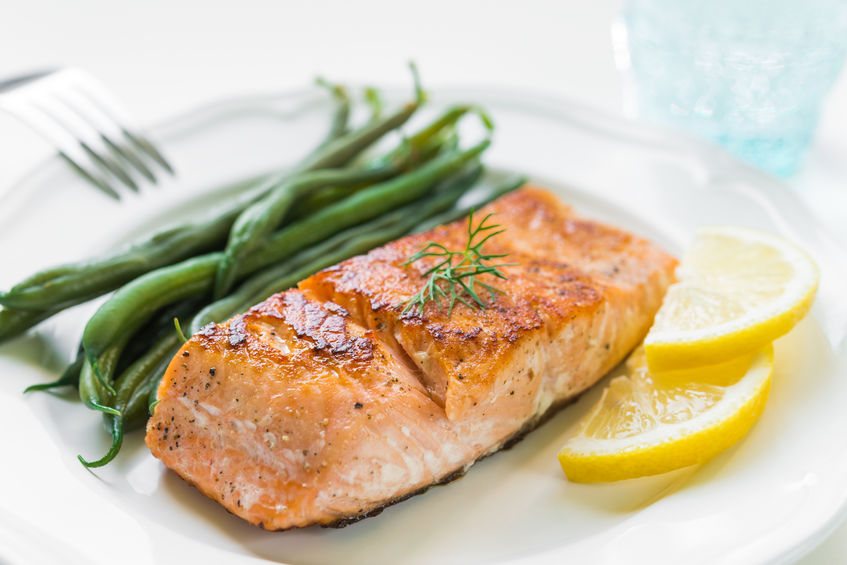
Serves 2
2 medium zucchini, sliced thinly
½ pint mushrooms, sliced
2 tsp coconut oil (melted)
4 tsp water
2 boneless, skinless salmon fillets (no more than 1 ¼ “ thick)
½ clove garlic, diced
2 dashes salt & pepper
Instructions
Preheat oven to 450F.
Toss vegetables with coconut oil. Tear two sheets of parchment paper and fold in half. Open the sheets and place half of the vegetables onto each sheet on one side of the fold.
Add 2 teaspoons of water and place a fillet on top. Top with garlic, salt, and pepper.
Fold the other half of each sheet over the fish, and tightly crimp the edges.
Put packets flat on a baking sheet and bake for 10-15 minutes.
Remove from oven and check to ensure fish flakes easily with a fork (be careful the steam is hot).
Open each pack and place onto plates.
Serve & enjoy!
Tip: You can mix up the vegetables or herbs following your elimination diet guidelines.
References:
https://www.precisionnutrition.com/elimination-diet
http://www.dietvsdisease.org/11-warning-signs-you-have-a-food-intolerance/


